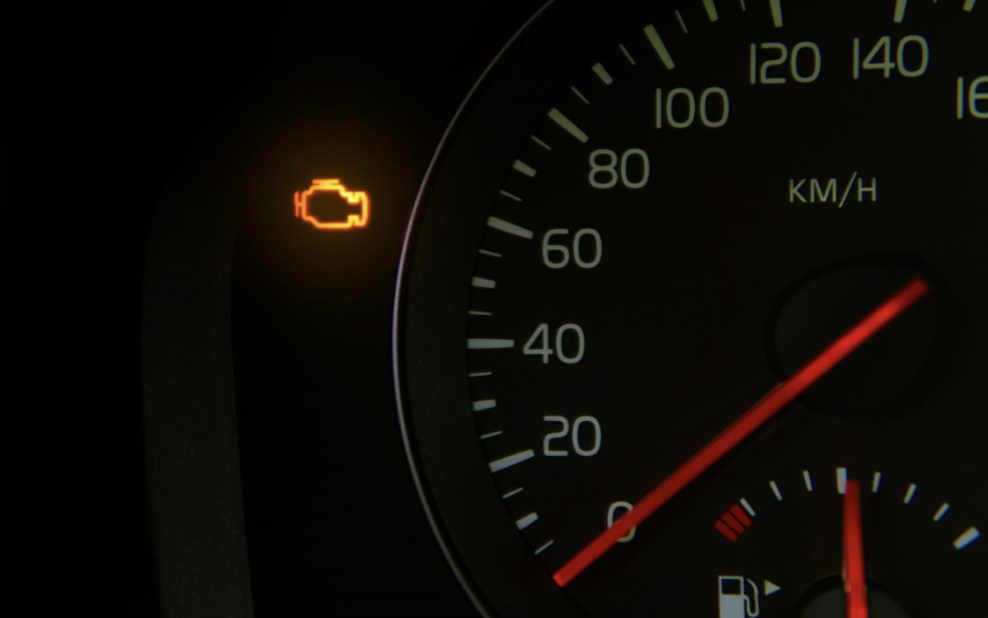In the world of automobiles‚ the term Reduced Engine Power can strike fear into the hearts of drivers. It’s a phrase that typically signals an underlying issue with a vehicle’s engine or related systems. But what does it really mean‚ and why should you care? Strap in as we delve into the mechanics of this phenomenon‚ exploring its causes‚ implications‚ and what you can do about it.
What is Reduced Engine Power?
Reduced Engine Power is a protective feature found in modern vehicles‚ designed to prevent engine damage when a fault is detected. When the engine control unit (ECU) identifies a problem‚ it activates a warning light and limits the engine’s power output. This is often experienced as sluggish acceleration and a noticeable decrease in performance. Imagine your car suddenly transforming from a roaring lion into a sleepy kitten – that’s the essence of reduced engine power!
Common Causes of Reduced Engine Power
Several factors can trigger Reduced Engine Power. Here are some of the most common culprits:
- Faulty Throttle Position Sensor: This sensor tracks the position of the throttle valve. If it fails‚ the ECU might not know how much air to let into the engine‚ leading to power reduction.
- Malfunctioning Mass Airflow Sensor: If this sensor fails to measure the amount of air entering the engine‚ it can disrupt the air-fuel mixture‚ resulting in poor performance.
- Issues with the Fuel System: A clogged fuel filter or failing fuel pump can limit the amount of fuel reaching the engine‚ hampering its performance.
- Transmission Problems: Sometimes‚ the issue may lie within the transmission system‚ which can also trigger a reduction in power.
- Electrical Issues: Bad wiring or corroded connections can send incorrect data to the ECU‚ leading to power reduction.
How to Recognize Reduced Engine Power
Recognizing the symptoms of Reduced Engine Power is essential for taking timely action. Here are some signs to watch for:
- Warning Lights: The check engine light may illuminate‚ often accompanied by a specific Reduced Power warning.
- Sluggish Acceleration: You might notice that pressing the gas pedal yields little to no response.
- Unusual Noises: Listen for any strange sounds from the engine‚ such as knocking or grinding.
- Engine Stalling: Your engine might stall unexpectedly‚ especially during acceleration.
What Should You Do?
If you experience Reduced Engine Power‚ it’s important to act promptly. Here’s a step-by-step guide:
- Pull Over Safely: If you notice the warning‚ find a safe place to stop the vehicle.
- Check for Obvious Issues: Look for any obvious signs of trouble‚ like smoke‚ strange smells‚ or leaks.
- Consult the Owner’s Manual: Your vehicle’s manual may provide specific guidance on handling reduced engine power.
- Seek Professional Help: If the issue persists‚ it’s best to consult a mechanic or technician to diagnose and fix the problem.
Preventive Measures
Prevention is always better than cure. Here are a few ways to keep your vehicle in top shape and avoid Reduced Engine Power:
- Regular Maintenance: Schedule routine check-ups for your vehicle to catch potential issues early.
- Use Quality Fuel: Always opt for high-quality fuel to maintain optimal engine performance.
- Monitor Warning Lights: Never ignore warning lights; they are your vehicle’s way of communicating with you.
- Stay Informed: Keep abreast of any recalls or common issues related to your vehicle make and model.
Reduced Engine Power is a critical safety feature designed to protect your vehicle’s engine. While it can be alarming‚ understanding its causes and symptoms can empower you as a driver. By being proactive and attentive‚ you can not only address the issue effectively but also enhance your vehicle’s longevity. So‚ the next time you find yourself facing this challenge‚ remember: knowledge is power‚ and in this case‚ it can also mean the difference between a smooth drive and an engine disaster!
Drive safe‚ and may your engine roar with power!

